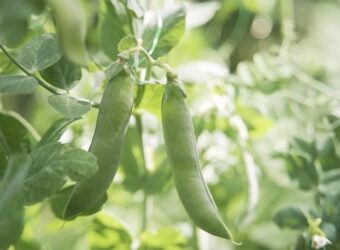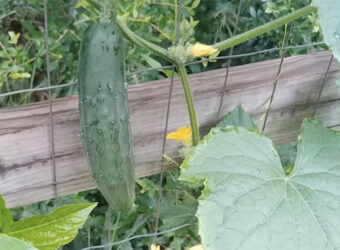I love how easy it is to grow kale and how you can keep harvesting it for months or even years. Plus, kale is packed with vitamins, minerals, and antioxidants, making it a great choice for a healthy diet. It’s so versatile, you can use it in salads, soups, smoothies, and stir-fries.
But, it’s important to know the right time to harvest kale to avoid a bitter taste and tough texture. When is the best time to harvest your kale? Well, it depends on the type of kale you have and your personal preference. Let’s find the perfect time to harvest your kale!
When To Harvest Kale?
For baby kale, you can usually start harvesting them between 25-30 days after planting. Mature kale can be harvested after about 2 months, which is around 65-70 days, depending on the variety. If you’re growing kale from a transplant, you can subtract 15 days from the days to maturity.
A simple way to know when to harvest mature kale is by looking at their leaves. When the leaves are about the size of your hand, it’s time to harvest.
How to Harvest Kale So It Keeps Growing?
One important thing to keep in mind when harvesting kale is to do it early in the morning, before the sun heats up the kale. This will ensure that you get the best taste from your harvest!
For Baby Kales
Baby kales have a delicate texture and a milder flavor compared to their mature counterparts, making them perfect for salads.
You can harvest baby kales about 1 month after planting, or if you don’t remember the day, you can harvest them when they are about 4 inches tall.
Use a scissor and grab a whole handful of kales, and simply cut the whole plant about 2 inches above the soil line. You can also pick individual leaves as needed, but be careful not to damage the young plants.
Baby kales can be harvested multiple times before they reach maturity.
For Mature Kales
Use the the cut-and-come-again method, you can use your garden shears or kitchen shears, start at the base of the plant, and work your way up, cutting the most mature leaves first. My preferred method is just to use my hands to grab a leaf and twist it gently to break it off at its base.
Leaves at least 4 – 6 immature leaves at the top of the plant so it will keep growing, you don’t want to cut off the top of the plant, because if you do that, the plant will have no ability to continue growing.
In case you chop the top of the plant, don’t worry too much as the plant will force itself to grow extra side shoots and you can also harvest them as well.
You can also cut the whole plant at once if you prefer, remove some of the lowest and outermost leaves because they are the oldest and most likely not taste very good, these leaves tend to turn yellow and sometimes have pests like aphids or snails on them.
Why You Should Harvest Kale Regularly?
- Prevent pests & diseases: The lowest and outermost kale leaves typically attract a variety of pests such as aphids, slugs, and snails. Regularly harvesting kale can help deter these types of pests from infesting your plants.
- Encourages new growth: Regular harvesting of kale promotes the growth of new leaves, which ensures a continuous supply of fresh and tender leaves, it also ensures that the leaves are at their peak flavor and texture, making them more enjoyable to eat.
- Prevents bolting: Kale is a cool-season crop that tends to bolt or go to seed when exposed to high temperatures. Regular harvesting prevents bolting and ensures that the plant remains productive for a longer time.
- Increases yield: Harvesting kale regularly can increase the yield of the plant. The more you harvest, the more the plant will produce.
Washing Your Kales Careful After Harvesting
Make sure you have a nice wash two or three times under running water to get everything off, and gently pat them dry before using because you don’t want to eat aphids, snails or any dirt that may be present on the leaves. This will help ensure that the kale is clean and safe to eat.
That’s it! Now that you know how to harvest kale properly, go ahead, pick them, and enjoy your harvest!






